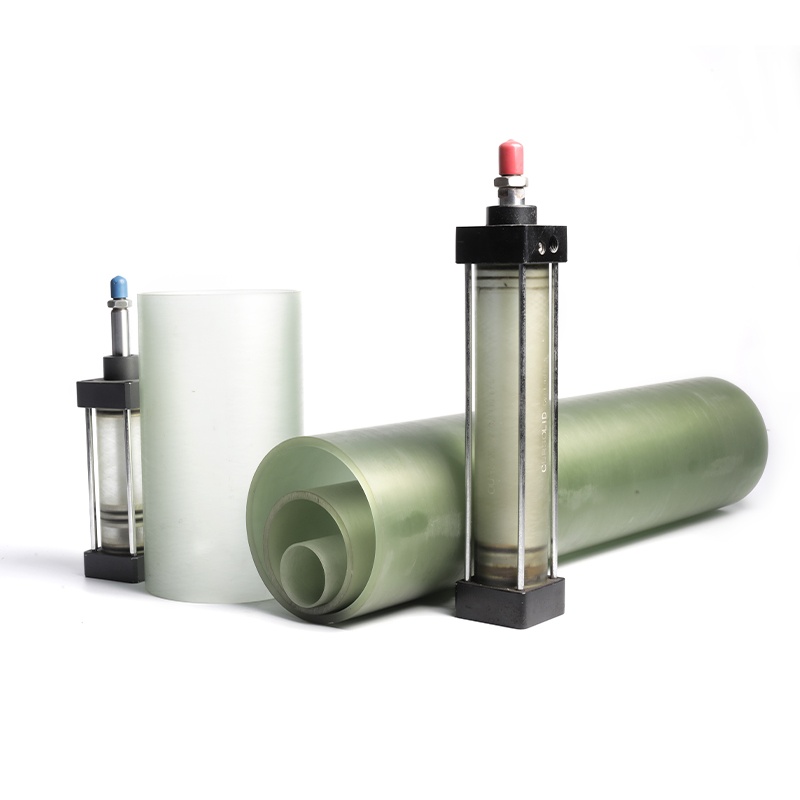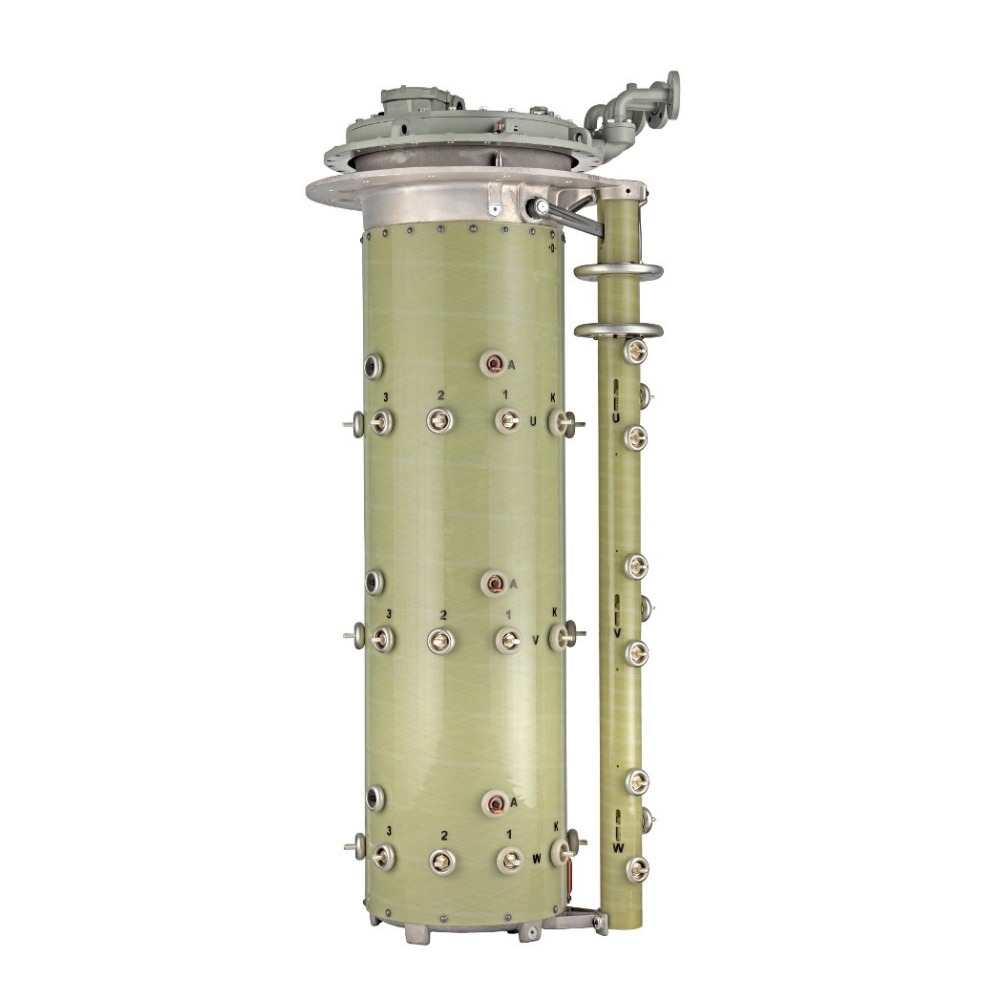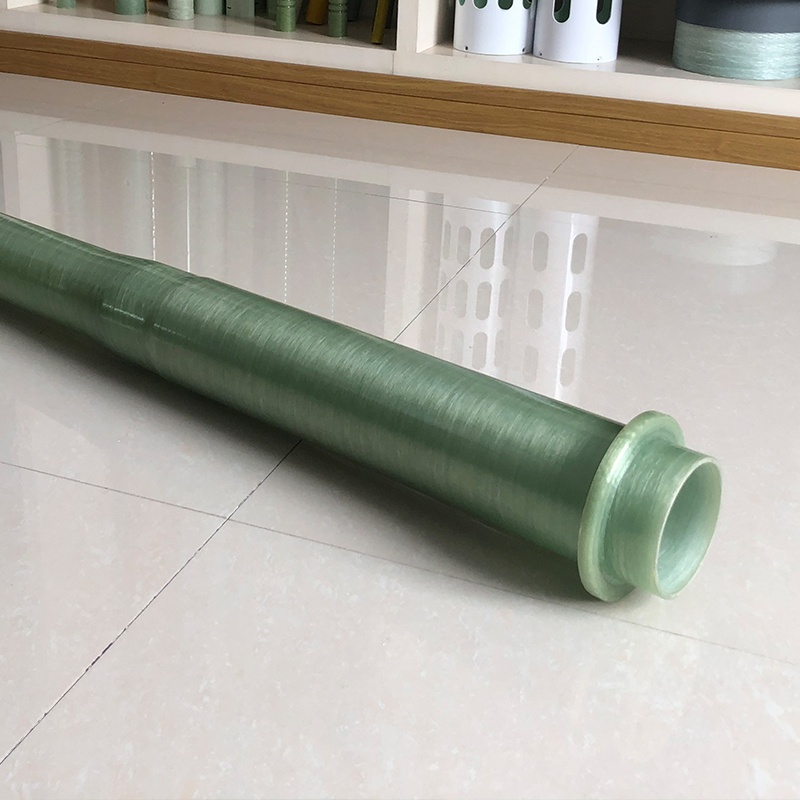Why are FRP Prices Expensive?
FRP, which stands for Fiber Reinforced Plastic, is a high-strength composite material. Similar materials to FRP include fiberglass, carbon fiber, and aramid fiber. This material has various advantages such as high strength, lightweight, and corrosion resistance. It has a wide range of applications and is considered an economical alternative to carbon fiber. Although FRP prices are relatively high, they are significantly lower compared to carbon fiber, making FRP a cost-effective fiber material.

Why are FRP Prices Expensive?
The high cost of FRP is attributed to several main factors, including the high cost of raw materials, complex manufacturing processes, stringent quality control standards, and the need for customized designs based on specific requirements. These factors contribute to the high cost of FRP.
1. Raw Materials: The raw materials required for FRP production, including resins, fibers, and additives, are expensive. High-performance resins and advanced fibers such as carbon fiber often have higher prices, thus increasing the overall cost of FRP.
2. Manufacturing Processes: The manufacturing process of FRP involves complex techniques, including molding, curing, and surface treatment. These processes require specialized equipment, skilled labor, and quality control measures, all of which add to the production cost.
3. Quality Control: FRP manufacturers must adhere to strict quality control standards to ensure the performance and durability of the final products. This involves rigorous testing, inspection, and compliance with industry certification requirements, which increase production costs.
4. Customization and Design: FRP can be customized according to specific requirements, such as shape, size, color, and texture. Customization often incurs additional costs as it requires specialized molds, tools, and design expertise.

PVC vs. FRP: Price Comparison
PVC (Polyvinyl Chloride) is a widely used thermoplastic known for its affordability and versatility. Overall, PVC is cheaper than FRP due to differences in raw material costs, manufacturing processes, and product characteristics. However, it is important to note that the choice between PVC and FRP depends on the specific application and desired performance. While PVC may be more cost-effective in certain applications, FRP offers higher strength, durability, and resistance to harsh environments.
Cost per Square Foot of FRP Panels
The price of FRP panels varies based on multiple factors, including the manufacturer, panel thickness, surface treatment, and order quantity. On average, the cost of FRP panels ranges from $2 to $10 per square foot. However, it is recommended to obtain detailed quotes from suppliers or manufacturers for accurate pricing information.
Economical Alternatives to FRP

If cost is a significant consideration, there are alternative materials to FRP that offer more competitive pricing while providing similar characteristics. Here are some alternatives to consider:
PVC Panels: PVC panels are lightweight, easy to install, and cost-effective. They have good chemical resistance and are suitable for applications that do not require high strength or extreme durability.
Affordable Alternatives: If cost is a major factor, there are alternatives that are cheaper than FRP. Here are some alternative options:
PVC Panels: PVC panels are lightweight and cost-effective. They have good chemical resistance and durability, making them suitable for various applications such as interior decoration and wall coverings.
Aluminum Alloy: Aluminum alloy is a commonly used metal material that is relatively inexpensive. It has good strength and corrosion resistance, making it suitable for applications that require high strength and weather resistance.
Fiberglass: Similar to FRP, fiberglass is a reinforced material that has a lower cost. It has good strength and corrosion resistance, making it suitable for applications that require lightweight and weather resistance.
Cost of FRP Installation
The cost of FRP installation varies depending on factors such as project scale, complexity, geographical location, and labor rates. It is recommended to consult contractors or experienced professionals to obtain accurate estimates based on specific project requirements.
Conclusion
FRP is generally more expensive than other materials due to factors such as raw material costs, manufacturing processes, quality control, and customization. Although PVC is typically cheaper than FRP, the choice between PVC and FRP depends on the specific application and desired performance. The cost per square foot of FRP panels can range from $2 to $10, but it is advisable to obtain detailed quotes from suppliers or manufacturers. In cases where cost is a significant consideration, alternatives to FRP such as PVC panels, aluminum alloy, or fiberglass can be considered. The cost of FRP installation varies depending on multiple factors, and it is recommended to consult professionals for accurate estimates. Overall, understanding the factors that influence FRP costs and exploring alternatives can help make informed decisions in various projects.

